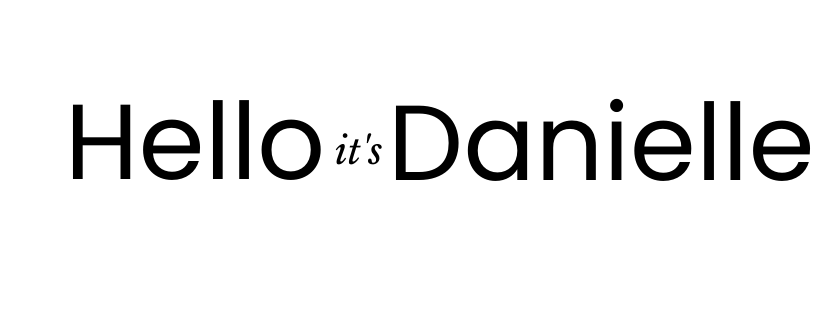Something big just happened in advertising, and most marketers barely flinched.
In 2025, ad revenue from creator-led platforms like YouTube, TikTok, and Instagram will officially surpass the combined total of all traditional media. Television, radio, newspapers, magazines—all outpaced by content made in bedrooms, edited on phones, and delivered straight into the hands of 3.8 billion scrolling thumbs.
It’s not just a milestone. It’s a shift in power.
At the same time, legacy holding companies are faltering. WPP, the world’s largest advertising and communications group, has seen its market value stall. Last week alone, Google added more to its valuation in a single day than WPP is worth in total.
To put it in perspective, WPP owns a vast network of agencies including Ogilvy, VML (born from the merger of Wunderman Thompson and VMLY&R), Mindshare, and Grey. These are some of the most recognizable names in the business, with long-standing operations in Canada. Ogilvy Canada has offices in Toronto and Montreal. VML Canada brings together brand and performance under one roof. Mindshare Canada continues to run media for some of the country’s most familiar brands.
They’re not going anywhere. But the ground beneath them is shifting.
From Search to Summaries: The New Gatekeepers
Google’s AI Overviews are already reshaping how people access information. Fewer clicks. Fewer links. Less incentive to visit your site. Publishers like The New York Times and Business Insider have seen double-digit drops in traffic. The Washington Post has lost more than half.
We’ve entered the era of GEO—Generative Engine Optimization. It's no longer just about ranking first. It's about being cited by AI. And increasingly, AI pulls from Reddit threads, YouTube comments, and Quora answers. Not from branded content. Not from traditional publishers. Not even from experts in the conventional sense.
This isn’t just a trend. It's the new terrain of influence.
So Where Does That Leave Us?
If you're in marketing and still leaning heavily on the old pillars—TV spots, PR hits, SEO-heavy blog posts—it might be time to reassess.
Here’s where the attention is going, and what to do about it.
1. Get fluent in AI.
Understanding how foundational models work, how prompts shape outputs, and how tools like ChatGPT and Claude are evolving is now part of the job. This is no longer optional.
2. Focus on what AI can’t do.
Creativity. Strategic judgment. Taste. Empathy. These are still distinctly human. Use them to shape better ideas and build real connection.
3. Rethink your media mix.
Audiences are spending their time with creators. AI is spending its time scraping creators. Either way, this is where the attention is. Go there.
4. Build flexibility into your systems.
Everything will change again in six months. Keep learning. Keep experimenting. Leave room for what’s next.
5. Be the partner who makes sense of it all.
The best agencies won’t just be great at delivery. They’ll be great at discernment. Thoughtful, curious, useful people will always be in demand.
The Takeaway
WPP won’t vanish. Neither will Ogilvy, VML, or the many agencies doing brilliant work. But the days of selling big ideas to big audiences through big campaigns are slipping into the rearview.
What’s rising instead is faster. Looser. More distributed. It’s a marketing ecosystem shaped by creators, filtered through algorithms, and increasingly, delivered by AI.
The real question isn’t whether advertising is changing.
It’s whether we are.
